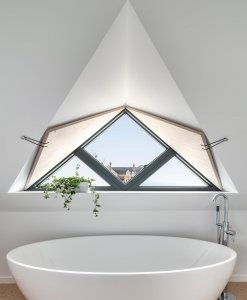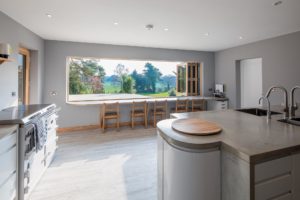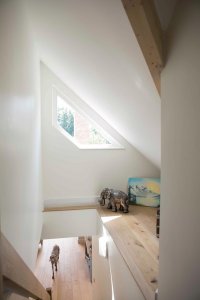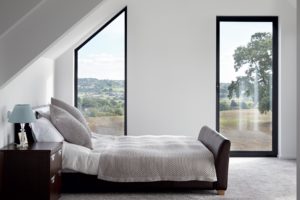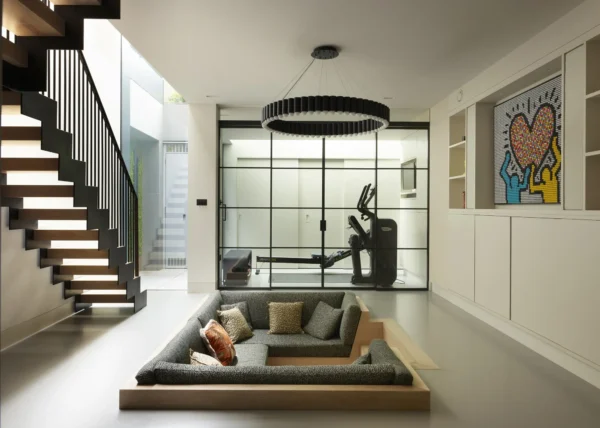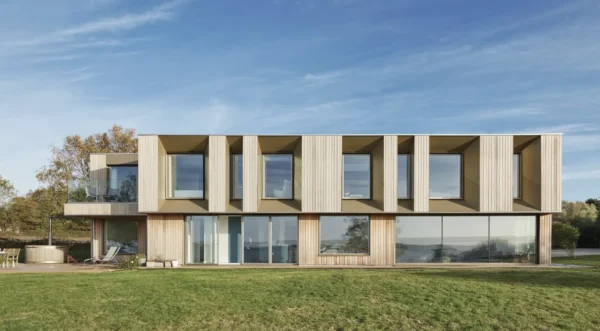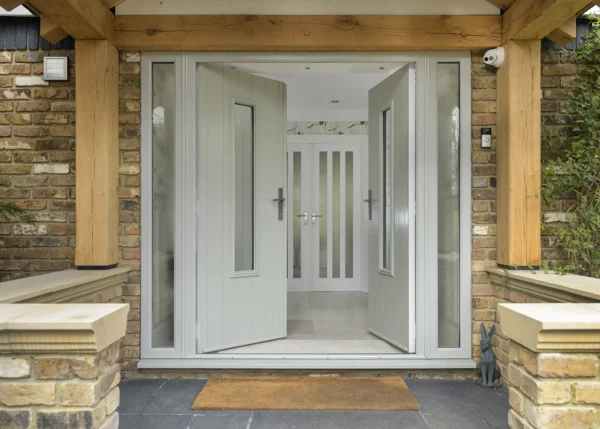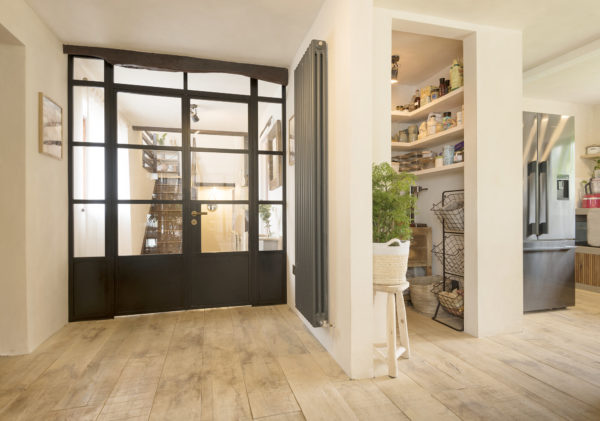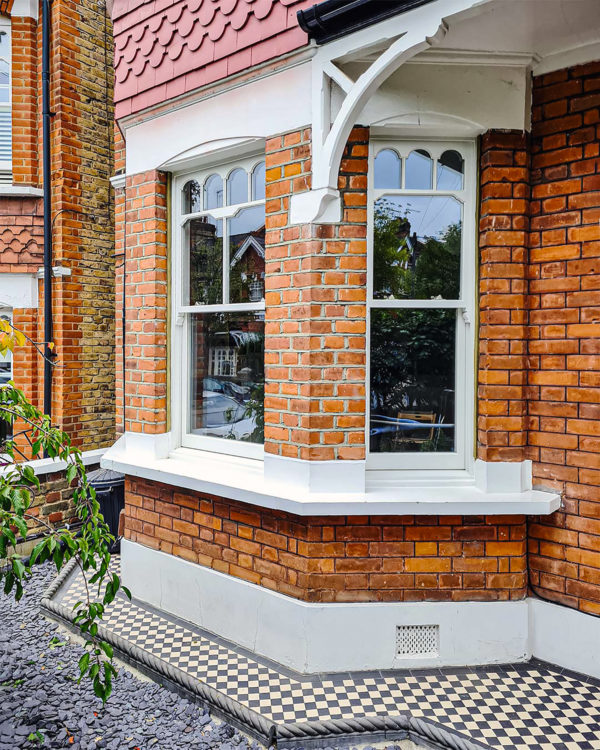Guide to Alternative Windows
Also in this series:
Ahead of choosing your windows, remember that planning rules may dictate the style and materials you are allowed to use. Enlisting the skills of a savvy glazing design and manufacture specialist will help you to weigh up the options and find the perfect solution for your project.
Think about how positioning will make a difference when it comes to preventing rain from entering the home. For instance, a window with the hinge at the top to open outwards is easy to use and efficient in wetter climates.
Mixing and matching straightforward units in unconventional ways can offer eye-catching and original-looking configurations. Folding windows are often seen in orangery extensions, where the row of panels sits on top of a brick plinth, but they’re also highly effective in opening up the space above a run of kitchen units, for example. This style is fantastic for offering uninterrupted views when opened.
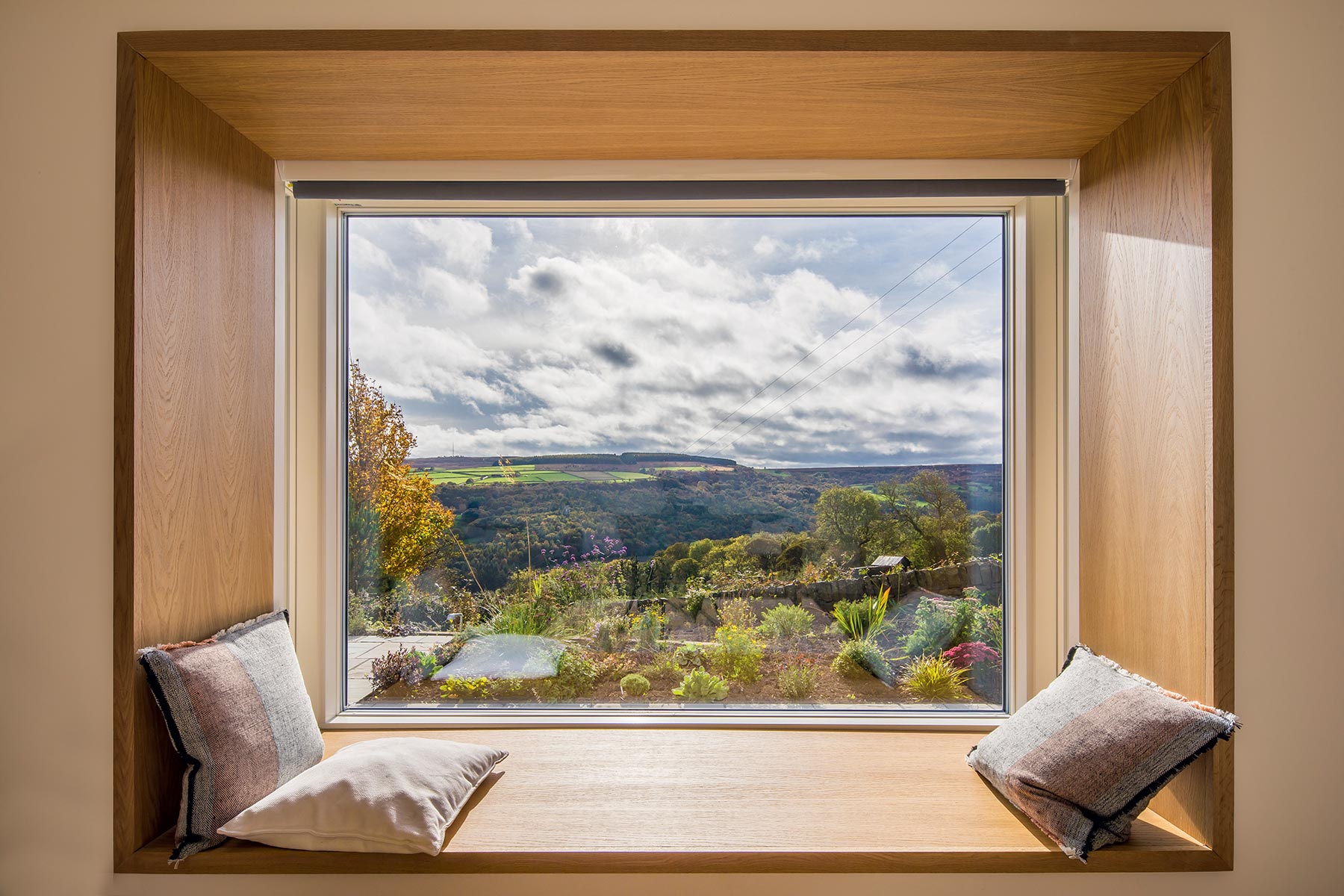
Source it: Discover more Velfac glazing in the Build It Directory
With tilt-and-turn windows, the basic principle is that they give you a choice of systems: tilted (usually inwards, on a bottom hinge) or turned (either on a side hinge or swinging on a centre pivot). Some manufacturers make door-sized units, too, which are useful for bedrooms leading out to an occasionally used balcony.
Q&A: Alternative windows
Idealcombi’s Nick Brigham reveals how to specify the right units for your project
What are the key considerations for choosing windows?
Initially you want to decide what style you are after and whether that fits with the look of your home and the local vernacular. Pay attention to the level of performance, too, and understand
the difference between double and triple glazing.
When it comes to ease of use, size matters. Although they can look great, large windows are sometimes difficult to manage due to the added weight. With sliding models, however, the load is supported by rollers, making them feel lighter. Bear in mind that you may need formal planning permission to add new windows to your home.
Browse the gallery for more alternative window ideas:
Why choose double, triple or quadruple glazing?
Three layers of glass provide significantly better thermal performance than a double-glazed pane. In our Futura+ range, for instance, the U-value goes from 1.31 W/m2K to 0.74 W/m2K when you go from double to triple glazing.
To solve specific acoustic requirements, an extra pane can be added to the inside of either a double or triple glazed window. In the UK there is not really much demand for quadruple glazing at the moment.
What material offers the most durability?
To get the best value for money you need to clean your frames and sashes, as well as lubricate ironmongery, at least once a year. This should ensure perfect operation for many years.
As for materials, timber composite is a durable option. Combinations of powder coated aluminium with a thermal core of rigid polyurethane (PUR) and internal timber offer great efficiency and strength.
Top image: This large tilting window (right) from Express Bi-folding Doors was specified as a door-size unit to provide impressive views of the surroundings and offer an easy ventilation option
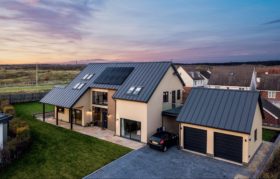
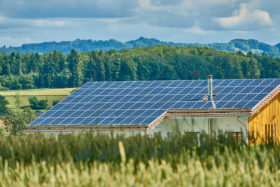




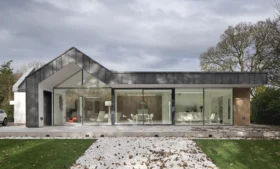


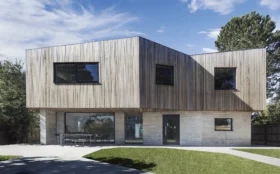







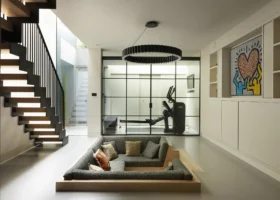
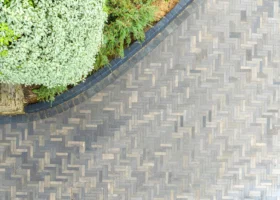












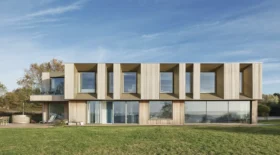





























































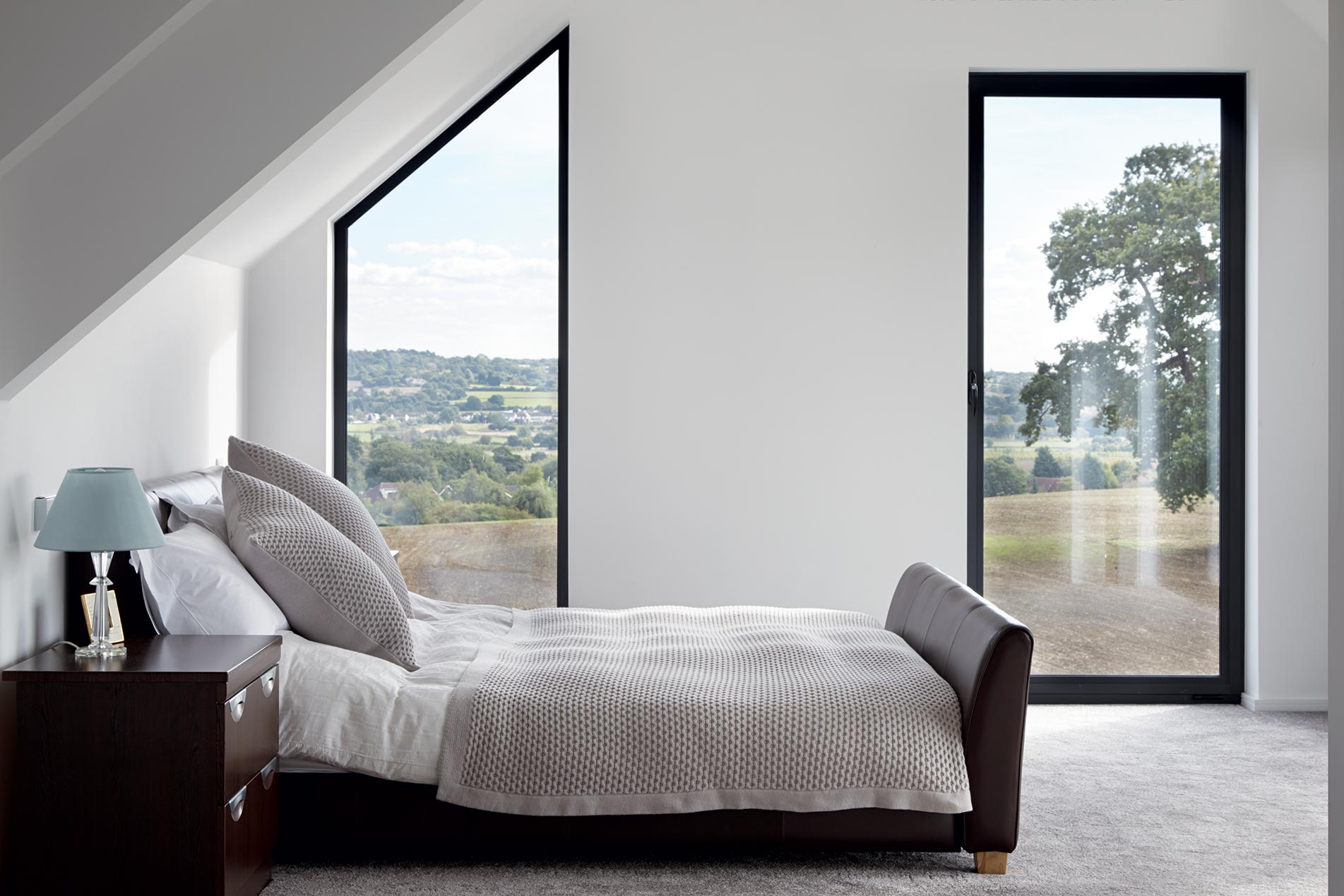
 Login/register to save Article for later
Login/register to save Article for later

